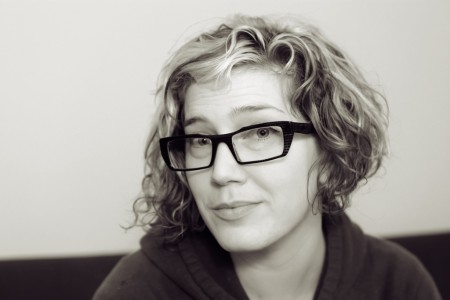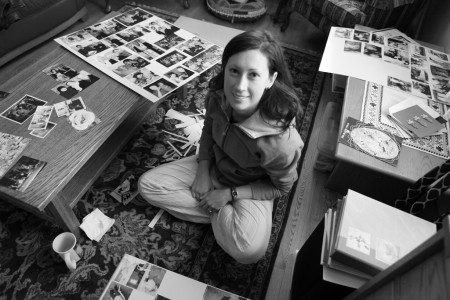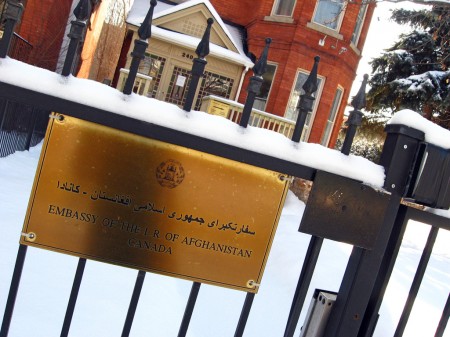I went to a slam poetry event at Ottawa’s VERSeFest tonight, and it was extremely good. The speakers were very talented, and the crowd was duly appreciative.
For the most part, the poets were very critical of government policy and society in general. I suppose that is normal at these events, which have a certain idealistic revolutionary flavour. At the end, I wished I had a chance to respond to some of the speakers and say that, for the most part, problems persist because they are difficult to solve, not because people are malevolent. More often, they are just focused on other priorities, or blocked by structural constraints and the inherent difficulty of solving enduring problems. All that said, a lack of compassion is definitely one reason why problems like homelessness endure, and poetry is a medium that seems capable of encouraging greater compassion.
This is the first time this particular festival is being held, and it seems to involve a tonne of different events. Tomorrow (Saturday, March 13th) is the last day, with a bilingual poetry event at 1:30pm, Japanese form poetry at 3:00pm, a Dusty Owl Reading Series event at 5:00pm, and a closing ceremony at 7:00pm.
Passes for the day are $10, and available at Arts Court (2 Daly Avenue), The Manx (370 Elgin Street), and Collected Works (1242 Wellington Street).
I have about eight gigabytes of RAW image files from the event to process, but I will definitely put up a link to the Flickr set once I have dealt with them.



